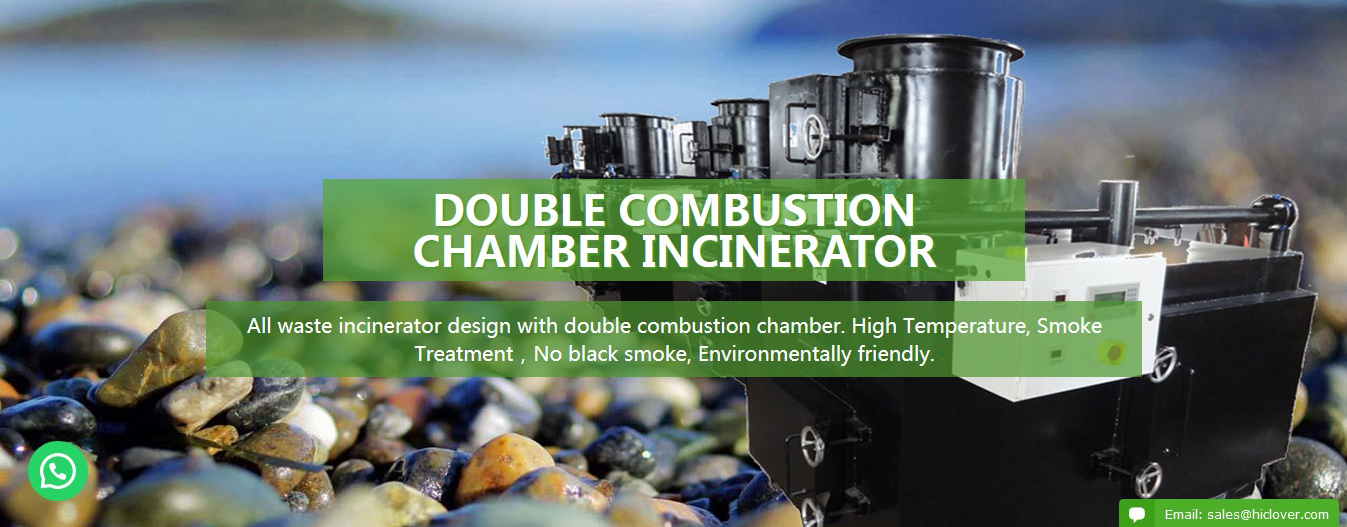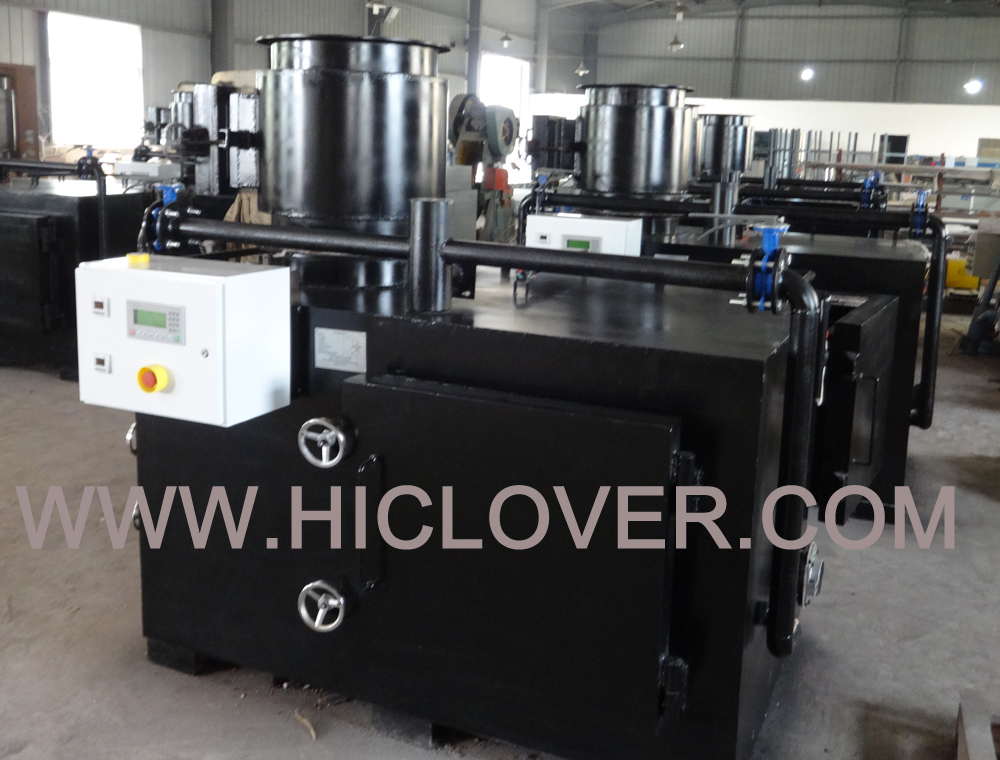Waste management is a complex and important issue, with numerous methods available for disposing of waste. One such method that has been used for many years is incineration, which is the controlled burning of waste materials. While incineration has its benefits, it also has its drawbacks, and it is important to explore both in order to make informed decisions about waste disposal.
One of the primary benefits of incineration is its ability to reduce the volume of waste. By burning waste at high temperatures, incinerators can significantly reduce the amount of space needed for landfills. This can be especially helpful in densely populated areas where land for waste disposal is limited.
In addition to reducing the volume of waste, incineration also has the potential to generate energy. The heat produced by burning waste can be used to generate electricity, providing a valuable resource from what would otherwise be waste. This can help reduce the demand for fossil fuels and lessen the environmental impact of electricity production.
Furthermore, incineration can be an effective method for disposing of hazardous waste. By burning hazardous materials at high temperatures, incinerators can neutralize or destroy harmful substances, reducing the risk of contamination and harm to the environment.
However, despite these benefits, incineration also has several drawbacks. One of the most significant concerns is air pollution. The burning of waste releases a variety of pollutants into the air, including greenhouse gases, heavy metals, and dioxins. These pollutants can have serious environmental and public health impacts, contributing to air quality issues and potentially causing respiratory and other health problems.
In addition to air pollution, incineration can also create toxic ash and residues that need to be carefully managed to prevent contamination of soil and water. Incinerators also require careful monitoring and maintenance to ensure that emissions are kept within safe limits, which can be costly and challenging to implement consistently.
Finally, some argue that incineration can discourage efforts to reduce, reuse, and recycle waste, as it provides a quick and seemingly easy solution to waste disposal. This can perpetuate a cycle of waste production and disposal, rather than encouraging more sustainable waste management practices.
In conclusion, incineration can be a useful and effective waste disposal method for certain types of waste, especially when carefully managed and regulated. However, it is important to consider the potential drawbacks and environmental impacts, and to prioritize the reduction, reuse, and recycling of waste to minimize the need for incineration. Ultimately, a combination of waste management methods may be the best approach to addressing the complex issue of waste disposal.



